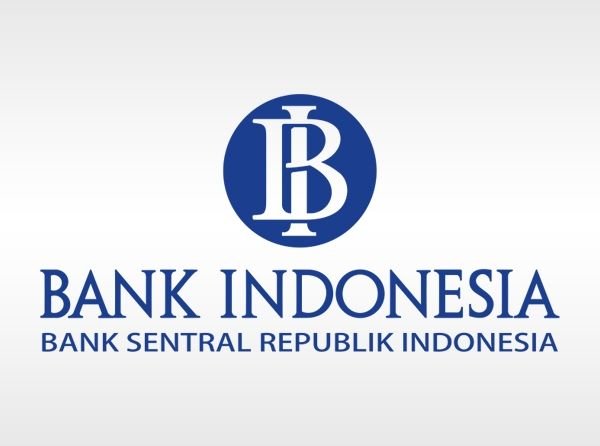
History of the Establishment of the Central Bank (Bank Indonesia) in Indonesia
The idea of establishing a central bank has emerged since the discussion of the 1945 Constitution of the Republic of Indonesia (UUD 1945) in the sessions of the Indonesian Business Preparedness Supervisory Agency (BPUPKI) and the Preparatory Committee for Indonesian Independence (PPKI). The idea is then set forth in the Elucidation of Article 23 of the 1945 Constitution on Financial Matters. The step of establishing the central bank began with the Letter of Authorization of Soekarno-Hatta on 16 September 1945 to R.M. Margono Djojohadikoesoemo to prepare Bank Negara Indonesia (BNI). Not long afterwards, the founding of Pajat Poesat Bank Indonesia was subsequently merged into BNI.
As the central bank during the revolution, BNI can not perform its function maximally. Meanwhile, De Javasche Bank (DJB), once a circulation bank during the Dutch East Indies, re-opened its branches in the territory controlled by NICA since early 1946. In 1949 the Round Table Conference (KMB) has established DJB as a circulation bank for The United Republic of Indonesia (RIS) and BNI serve as commercial banks.
After the dissolution of RIS on August 17, 1950, the Republic of Indonesia (RI) intends to have an independent central bank and free from foreign ownership. The desire is focused on the nationalization of DJB which has been functioning as a circulation bank although still a private bank and dominated by the Dutch. In 1951, DJB was nationalized and its shareholding was successfully completed by the Nationalization Committee. So with the enactment of Law Number 11/1953 regarding the stipulation of the Bank Indonesia Principles Act of 1 July 1953, DJB was renamed Bank Indonesia as the central bank for RI.
Posted on Utopian.io - Rewarding Open Source Contributors
May be useful Follow Me: @steemitcomunity Thanks.........